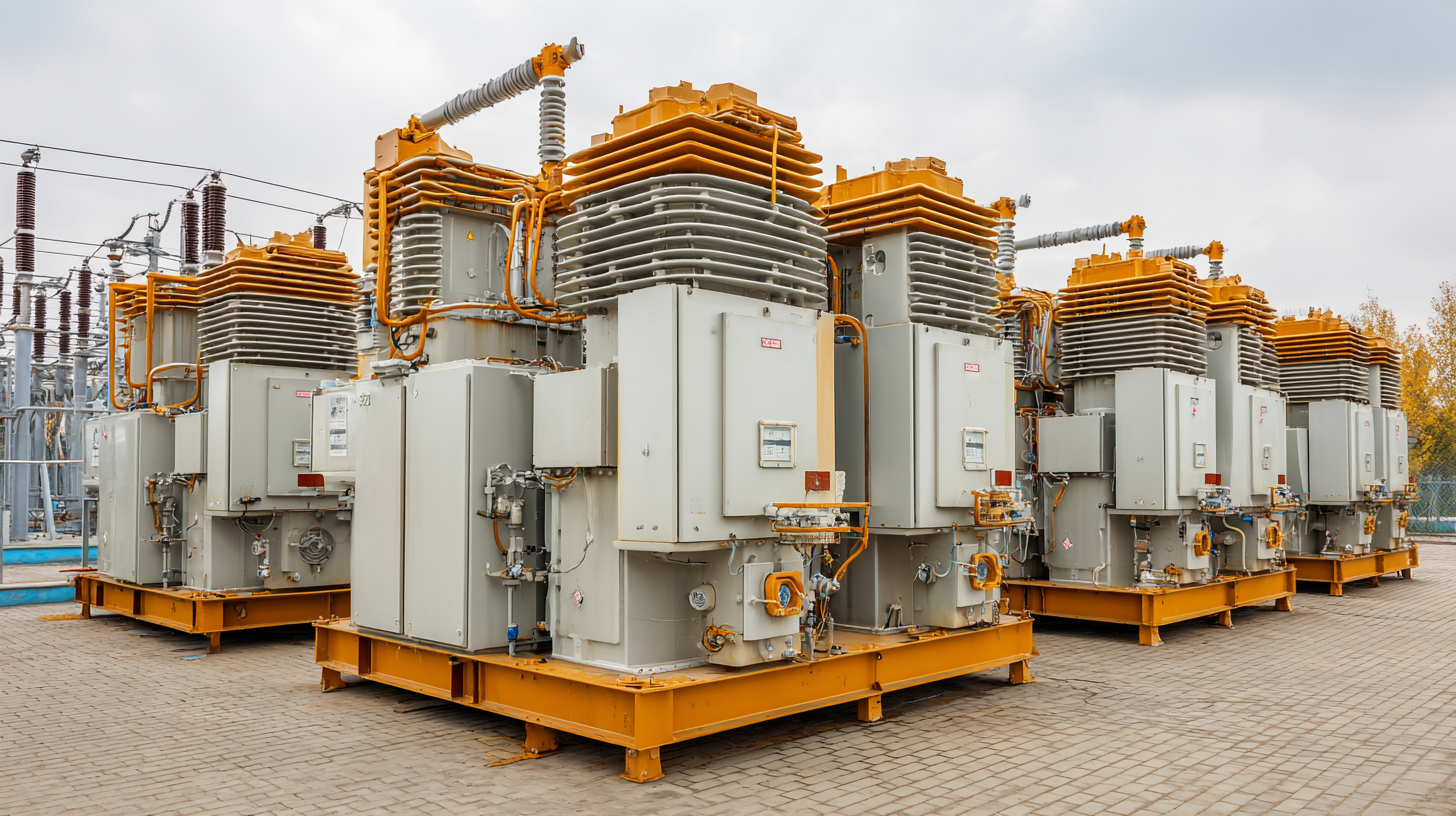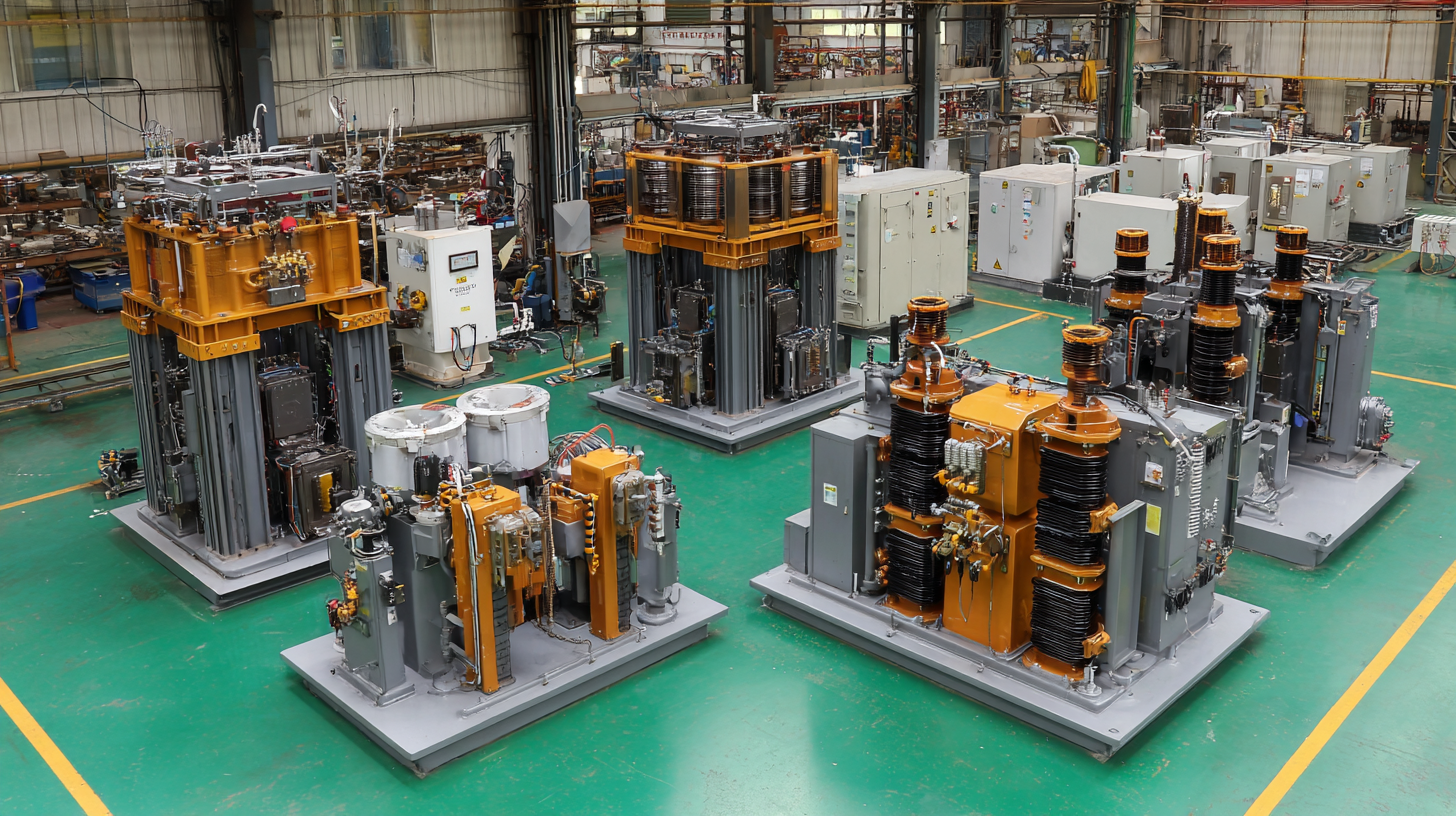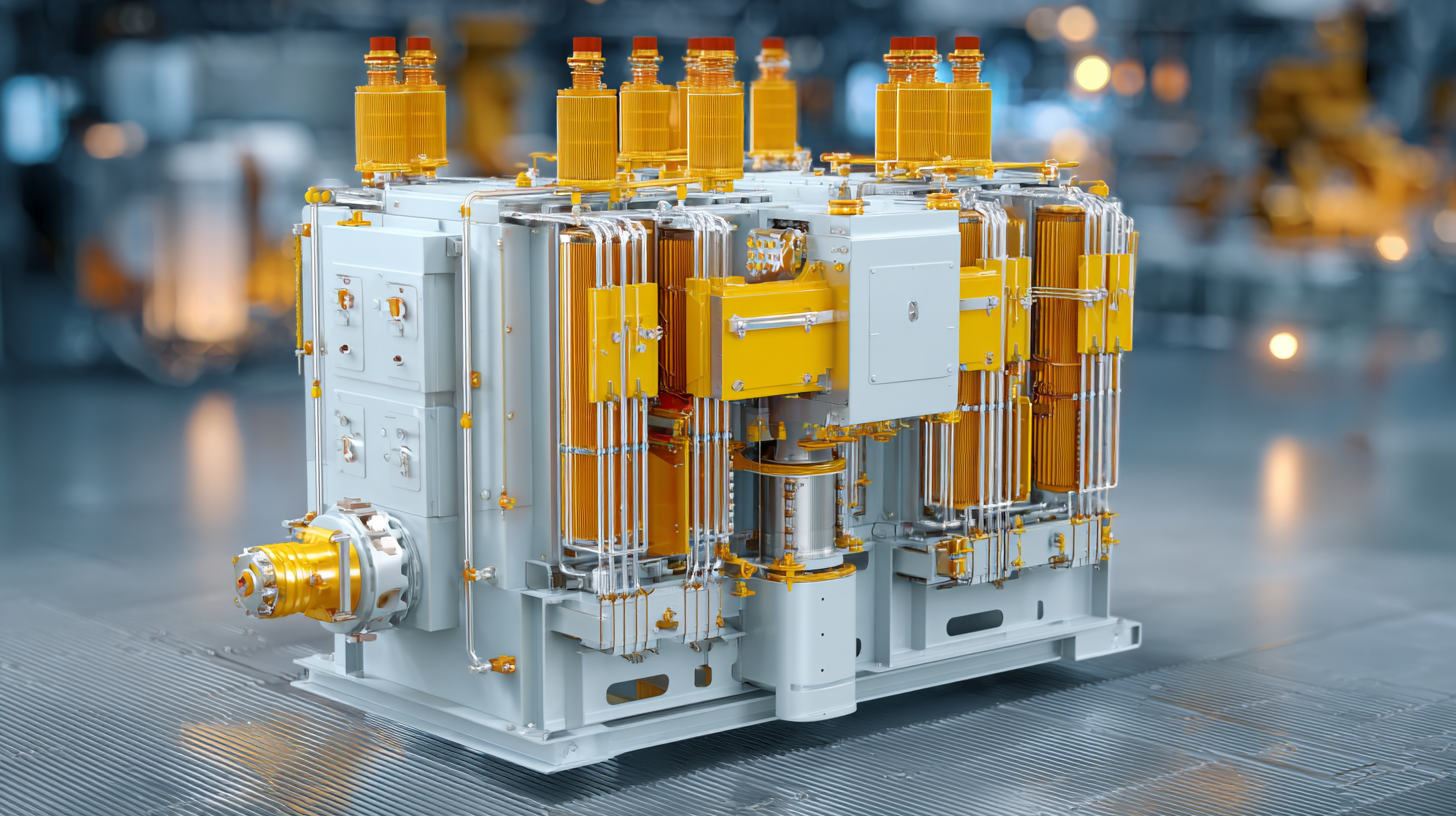

In recent years, the global market for oil immersed transformers has experienced significant growth, driven by the increasing demand for efficient power distribution and the expansion of renewable energy sources. According to a report by Market Research Future, the global oil immersed transformer market is expected to reach approximately USD 24 billion by 2025, growing at a compound annual growth rate (CAGR) of around 6.5%. This surge is attributed to innovations in design and technology, leading to enhanced performance and durability. Chinese manufacturers are stepping up to the challenge by offering upgraded quality products that meet international standards, thus making a mark in global markets. As the phrase "中国制造,品质升级,畅销全球" suggests, these advancements not only reflect the evolution of Chinese manufacturing but also highlight a commitment to producing top-tier oil immersed transformers that resonate with buyers worldwide.

The performance of oil immersed transformers relies heavily on their cooling techniques, which play a crucial role in maintaining operational efficiency and longevity. Recent studies indicate that advanced cooling technologies, such as enhanced oil circulation systems and innovative heat exchangers, can improve thermal performance by up to 20%. Manufacturers are now incorporating synthetic oils with superior thermal conductivity, enabling transformers to handle higher loads without overheating.
Tips for optimizing the cooling of oil immersed transformers include ensuring regular maintenance checks on cooling systems, which can help identify potential inefficiencies early. Implementing temperature monitoring solutions can also provide real-time data to ensure optimal performance. According to the International Electrotechnical Commission (IEC), transformers operating at lower temperatures can extend their lifespan significantly, emphasizing the importance of effective cooling strategies.
Additionally, new designs integrating passive cooling mechanisms, such as natural convection and radiative cooling, are gaining attention. These methods not only enhance cooling efficiency but also reduce energy consumption, aligning with global sustainability goals. Engaging with these innovative approaches can lead to reduced operational costs and improved reliability of oil immersed transformers for buyers worldwide.
The global energy landscape is continuously evolving, driving innovations in oil immersed transformer designs. As nations strive to meet increasing energy demands while prioritizing sustainability, manufacturers are compelled to create transformers that not only enhance efficiency but also adapt to diverse energy sources. This shift emphasizes the importance of incorporating advanced materials and technologies, enabling transformers to handle fluctuating loads and integrate seamlessly with renewable energy systems.

Recent trends indicate a growing focus on reducing the environmental impact of conventional oil immersed transformers. Innovations such as biodegradable insulating oils and improved thermal management systems are becoming integral to design strategies. These enhancements not only promote environmental sustainability but also improve the overall reliability and longevity of transformers in various applications. As global buyers seek reliable and eco-friendly solutions, the emphasis on innovative designs aligns perfectly with the broader goals of the energy sector, ultimately fostering a more resilient and sustainable energy infrastructure.
As the global demand for energy-efficient solutions increases, the oil immersed transformer industry is evolving rapidly. By 2025, comparative analysis of energy efficiency standards will be critical for manufacturers and buyers alike. These guidelines aim to significantly reduce energy losses during transformer operation, enabling users to optimize their energy consumption and contribute to a sustainable future. Innovative designs that align with these standards will not only enhance operational efficiency but also address environmental concerns, making them an attractive option for global buyers.
Transformers that meet or exceed the upcoming energy efficiency requirements will likely feature advanced materials and technologies, such as improved insulation systems and optimized core designs. These innovations can result in lower operational costs and reduced carbon footprints, which are key priorities for many organizations today. Additionally, global buyers will benefit from a clearer understanding of the performance metrics associated with different models, enabling them to make informed purchasing decisions that align with their energy and sustainability goals. As manufacturers adapt to these evolving standards, the focus will remain on creating products that not only serve current market needs but also anticipate future demands for greener energy solutions.

The world of oil immersed transformers is undergoing a significant transformation with the introduction of smart monitoring systems. These innovative technologies are revolutionizing the way we oversee transformer performance, ensuring enhanced reliability and efficiency. By integrating real-time data analytics and IoT connectivity, users can monitor critical parameters such as temperature, pressure, and oil quality. This proactive approach enables swift decision-making, minimizing downtime and maintenance costs while maximizing operational lifespan.
Moreover, emerging technologies are paving the way for predictive maintenance. With the data gathered from smart monitoring systems, transformers can be assessed for potential issues before they escalate. This predictive capability not only improves safety by preventing failures but also optimizes the overall functioning of the transformer. As utilities and industries strive for sustainability and operational excellence, the adoption of these advanced monitoring solutions for oil immersed transformers sets a new standard, facilitating informed management and operational strategies.
The focus on sustainable materials and practices in the production of oil immersed transformers is crucial in today's eco-conscious market. As concerns about environmental friendliness grow, the transformer industry is increasingly turning to vegetable oils as a viable alternative to traditional mineral insulating oils. These natural oils not only enhance insulation properties but also significantly reduce the overall ecological footprint of transformational equipment. This shift not only fosters a more sustainable manufacturing process but also aligns with global efforts to minimize pollution and carbon emissions.
Tips for implementing sustainable practices in the transformer industry include investing in research and development for eco-friendly materials and collaborating with regulatory bodies to set clear sustainability guidelines. Additionally, companies should prioritize the use of biodegradable oils and recyclable components in their production lines. Education and training programs for employees about the importance of sustainability can also foster a culture of environmental responsibility within organizations.
Furthermore, exploring partnerships with other industries and stakeholders can drive innovation in sustainable technology. By sharing best practices and pooling resources, the transformer industry can better navigate the transition to environmentally sustainable solutions and significantly contribute to the reduction of carbon emissions while meeting the growing demand for energy-efficient transformers worldwide.